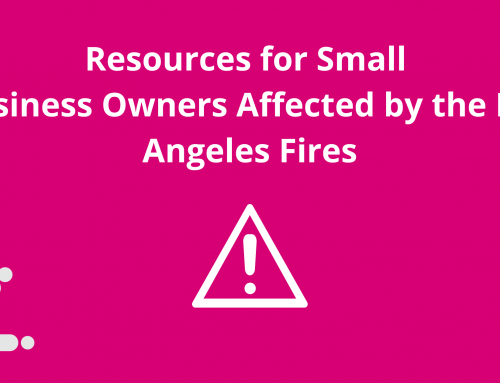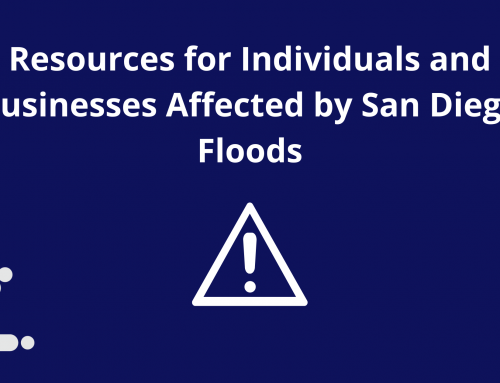
How do you kick start public relations on a shoestring budget? First, lets define the goal of public relations outreach. The goal of any public relations outreach is to get favorable coverage of your business through press such as print, radio, television, and online. Social media is also a powerful tool. Utilizing bloggers, content creators, and influencers can bring credibility and attention to your business.
How is public relations different from advertising? Advertising is almost always paid or in exchange for something. It usually is influenced directly by the business. Whereas, public relations is:
- Earned (Unpaid)
- Builds credibility
- Objective, unbiased
- Messages are not 100 percent controlled by you or your business
Below are 5 steps for small businesses to kick start their public relations on a shoestring budget.
5 Steps for Small Business Owners to Kick Start their PR Programs
Step 1: Find an Angle
To consider getting your business in the media, first, you need to find a newsworthy angle to approach the press. The five major categories of newsworthiness are:
- Timeliness – Is your story something “new” and can you tie it into a current event? (do you have an event coming up? a new product launch? Anniversary or milestone?)
- Significance – How will your story affect your audience? (how is your business standing out against the rest?)
- Proximity– Is your story interesting to local audiences? (community publications love stories about their residents starting businesses or making a difference)
- Prominence – Well-known people get coverage! (is the mayor coming to your event or any local or national celebrities?)
- Human Interest — Does your story appeal to emotion? (do you have an emotional story that will move the audience? Have you overcome adversity and how did you do it?)
Quick tip: Read, watch, and listen to media and social media to get a good idea of what your key journalists find newsworthy right now. Trending topics on Twitter is a good place to start!
Step 2: Create a Media List
The first thing to do when reaching out to the media is to create a media list. You can use a program like Microsoft Excel or Google Sheets to keep your contacts organized and track your outreach. Start by listing all of the outlets that are relevant to your business, including your local community (local, regional, and national outlets). Check your industry’s trade publications as well and see which news outlets they are referencing.
Secondly, you will want to research relevant reporters. See which reporters are talking about local businesses or topics relevant to your business.
Quick tip: The more targeted you are, the more successful your pitch will be!
Step 3: Prepare Press Releases and Pitches
When you have identified which reporters you think would be interested in covering your business, there are two tools that are available to use to connect with them:
Press Release
- More Formal
- Usually contains quotes from key people in the business
- Contains a boilerplate – link to website
- Very Specific Format – templates found online
- Official Announcements – events, product launches, new hires, official company news
- Clear headline – around 60 characters
- No more than 800 words for the body
Pitch
- Informal
- Usually via Email
- Friendly tone
- 2- 4 short paragraphs
- Call-to-Action – more information, coordinate an interview, etc.
- Make sure to say who you are, what you do, when is it (i.e., an event) where is it (a place), and most importantly why should they care?
- Keep it simple!
Once you have decided what tool you should use, email contacts individually. Always personalize your emails to the reporters on your media list. Do not BCC or CC many reporters on one email. Reporters want to feel like you are helping them spotlight something interesting that their audience would be excited to learn about.
Quick tip: Set a Google Alert with your business’s name and your competitors so you can see in real-time what articles and media are coming out.
Step 4: Build Trust
There are ways to build trust and relationships with reporters through your media outreach. You want reporters to think of you as a trusted source. You can build relationships with reporters by:
- Being friendly
- Not being too pushy or salesy
- Being respectful of their time
- Responding to reporters in a timely manner
- Asking the reporter what their deadline is
- “Following” reporters on social media
- Commenting on their stories with valuable insights
If you don’t hear back:
- Continue to follow up with valuable news and updates
- Follow up twice – then move on
- Provide contact info – ALWAYS!
- Don’t be afraid of rejection!
Step 5: Measure Success
Now that you have your PR program built – how do you measure your success?
- Link the articles and mentions on your website to add credibility
- Monitor and record spikes in website traffic. Can you attribute more visitors to your site to PR?
- Ask new customers how they heard about you. You can find out what the most effective marketing tactics are for your business.
There are many free and low-cost resources you can use to track your PR program:
- HARO – Help a Reporter Out (http://www.helpareporter.com/)
- Media Opportunities: Delivered to your inbox
- Google Alerts (https://www.google.com/alerts)
- Monitor the web for interesting new content
- Have an alert set for your company and competitors
- AP Style Guides (https://www.apstylebook.com/)
- For press release writing
- Free guides online
- LinkedIn (https://www.linkedin.com/)
- Use LinkedIn to find reporters
Now that you know what to do to kickstart your public relations on a shoestring budget, the most important thing is to be consistent. Develop relationships over time and you will reap the benefits of positive coverage of your small business!
For more business resources like how to create a visual identity for your business, or 5 things lenders look for in your startup loan application, check out Accessity’s blog.





